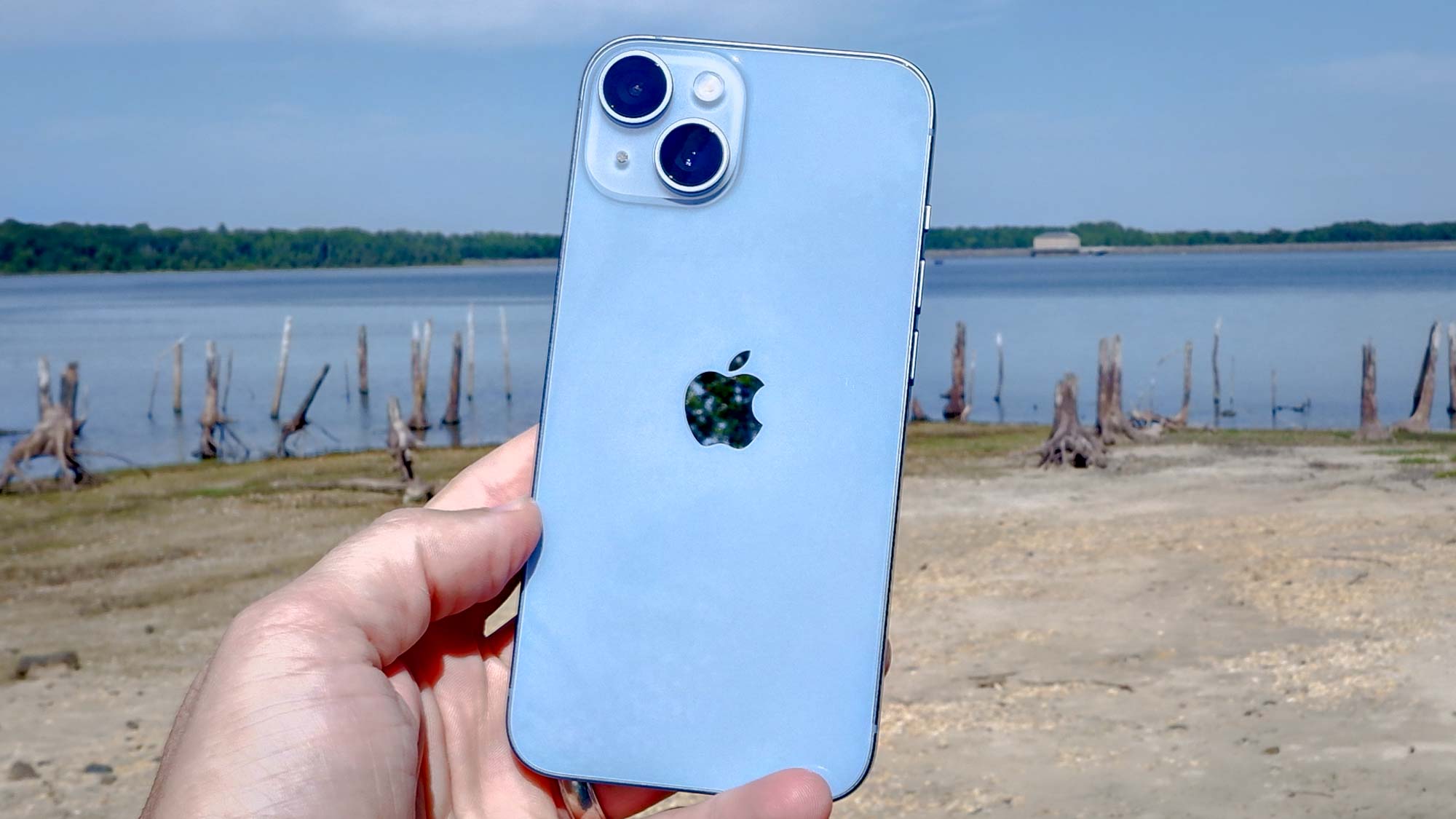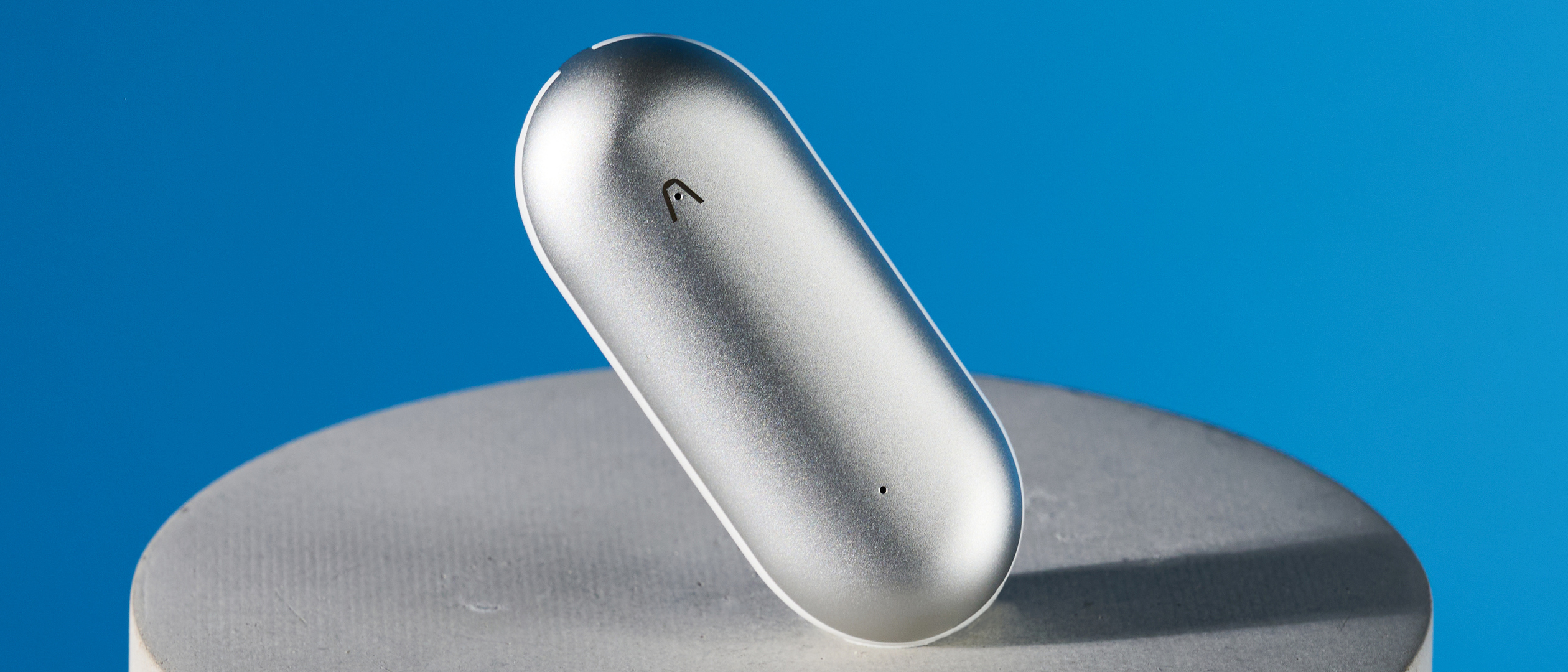I just found the one big reason to upgrade to iPhone 14
Don’t underestimate the iPhone 14 cameras — the upgrade is real

At face value, the camera specs of the standard iPhone 14 and iPhone 14 Plus are somewhat lackluster, with no big hardware upgrades to set the pulses of tech fans racing. But there’s more to the pair of rear cameras than meets the eye.
While it sticks with a 12-megapixel resolution, the iPhone 14’s main camera is actually new, adding in a larger sensor and larger pixels; it now offers 1.9 micrometer pixels and a faster f/1.7 aperture. The ultrawide camera gets an upgrade, now able to fit in 4x more of a scene.
Those are nice-to-have upgrades, but the real kicker comes in the form of the new Photonic Engine. Without getting overly technical, this is basically a way to apply the smart computational photography delivered by Apple’s Deep Fusion neural image processing tech earlier in the imaging process.
Essentially, the Photonic Engine expands on Deep Fusion and has a focus on boosting low-light photography, something that I’d argue Apple can lag behind rivals like the Google Pixel 6 Pro and Samsung Galaxy S22 Ultra. Now, the Photonic Engine isn’t a replacement for the iPhone 14’s Night Mode, but instead aims to improve low-light photography across the board.
The question is, is it worth it?
Well to see that I enlisted the help of Tom’s Guide editor and tame TikTok star Kate Kozuch and content director Mark Spoonauer, who took a suite of shots on the iPhone 14 and iPhone 13 models they had to hand.
Most were taken inside, where both iPhones had to compete with a mix of low-light in some areas but also light streaming in from the windows; that’s a challenging situation for getting evenly exposed and balanced shots.
Sign up to get the BEST of Tom's Guide direct to your inbox.
Get instant access to breaking news, the hottest reviews, great deals and helpful tips.
Let's start with the above shot of Mark inside his house. The iPhone 14 presents a brighter image that looks more natural, with better color reproduction. Mark's skin tone looks truer to life than the slight too warm tones the iPhone 13 produces.
The bright blue of Mark's t-shirt and the purple of the vase in the background looks brighter and more natural than the darker and warmer tones deliver by the iPhone 13. And we can see the Photonic Engine is stretching its legs by more producing a brighter shot that reveals more detail, such as the texture in the dark mantelpiece and tiles around the fireplace.
My only issue with the iPhone 14's photo is it struggles to hold back the light from the window from slightly blowing out, but there's an argument for this adding a little more dynamic range to the shot. And overall, the white balance of the iPhone 14 is more pleasing to my eye than the warmer, yellowy tone of the iPhone 13's photo.
The same is broadly true of the portrait photo of Kate’s dog Steve. The iPhone 14 delivers a brighter and more detailed shot, though the edge detection isn’t as impressive as I’ve seen with phones like the Galaxy S22 Ultra; admittedly, that’s comparing a $799 phone to a $1,199 handset and one of the best Android phones you can buy.
Steve still looks like the excellent black labrador he is in the iPhone 13’s shot. But it’s arguably lacking a bit of brightness and the portrait effect is decidedly muted.
Then, we have a shot of a Star Wars adorned mug; it’s here we see the Photonic Engine come into its own.
The difficult lighting situation and mix of colors is handled much better by the iPhone 14. It provides a crisper shot with better colors, at least to my eyes.
In comparison, the iPhone 13’s take is less defined and the range of colors not as well presented.
But the Photonic Engine is not simply about brightening up a scene. In the photo below of Mark's Halloween decorations, both phones deliver a pleasing mix of colors and details.
However, the iPhone 14's rendition is a little less noisy that the iPhone 13's take. And its handling of exposure and white balance is also better, with the iPhone 14 presenting a bright image that still allows for some texture in the form of light, soft shadows on the wall. The iPhone 13 struggled to render those.
In low-light conditions and indoor photography, I feel the iPhone 14 has the edge over the iPhone 13. The gap does narrow when outdoor or well-lit shots are taken into consideration.
Take this outdoor photo of Mark: the differences between the two iPhone are rather small, and which photo you prefer might come down to your tastes. Mark's face looks a bit brighter with the iPhone 13, but the tone of the shot seems a little cool — basically the opposite to the indoor photo.
Whereas the iPhone 14 has a slightly warmer tone, though the overall exposure and balance of the photo seems the more natural of the two. And I reckon the newer phone nudges ahead of its predecessor with better dynamic range and color reproduction.
The shot of the terrarium below also caught my attention. While the Photonic Engine aims to deliver better low-light performance it also seems a more capable of serving up better balanced photos in terms of overall lighting and exposure.
In this photo, the iPhone 13 serves up a brighter scene, but in doing so loses out a little of the shot's details. Look at the white petals of the flower in the top left of the shot: the brighter iPhone 13 image flattens some of the texture in the petals, whereas the iPhone 14 picks out more detail.
Punching into the photo, the iPhone 13 arguably does a better job at rendering some of the details and waxy texture of the leaves of the plant in the bottom left of the terrarium. But doesn't manage to do this on other plants and the mixture of soil and fine stone, which appear crisper in the iPhone 14's take. I also prefer the colors of the iPhone 14's shot, which once again seem to offer a wider range of hues.
So going by these shots, I’d say the iPhone 14 is offering a bigger camera upgrade than its specs sheet would indicate.
Do those changes make it worth upgrading from an iPhone 13? Well, that’s a trickier question to answer. If you take a lot of low-light photos then the iPhone 14 could be worth your consideration. If not, the iPhone 13 still takes some excellent photos in good lighting conditions.
However, if you’ve got an iPhone 12 or iPhone 11, the upgrades on offer here, as well as those the iPhone 13 brought to the table in terms of improved image processing, means the iPhone 14 should be a phone to consider.
If you want the very best upgrades you’ll need to go for the iPhone 14 Pro, so check out our iPhone 14 vs iPhone 14 Pro breakdown to see which is best for you. But rest assured, iPhones are consistent entries in our best phones list, so whichever model you get, you’re not likely to be disappointed.
Roland Moore-Colyer a Managing Editor at Tom’s Guide with a focus on news, features and opinion articles. He often writes about gaming, phones, laptops and other bits of hardware; he’s also got an interest in cars. When not at his desk Roland can be found wandering around London, often with a look of curiosity on his face.

